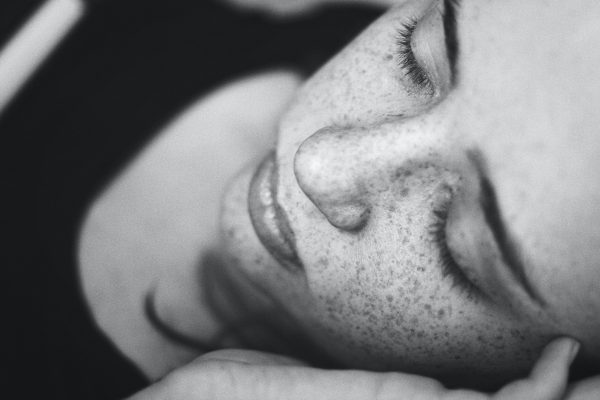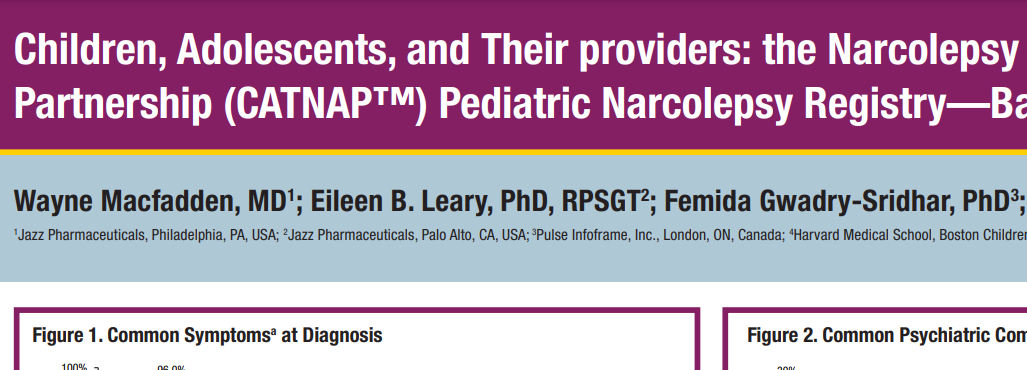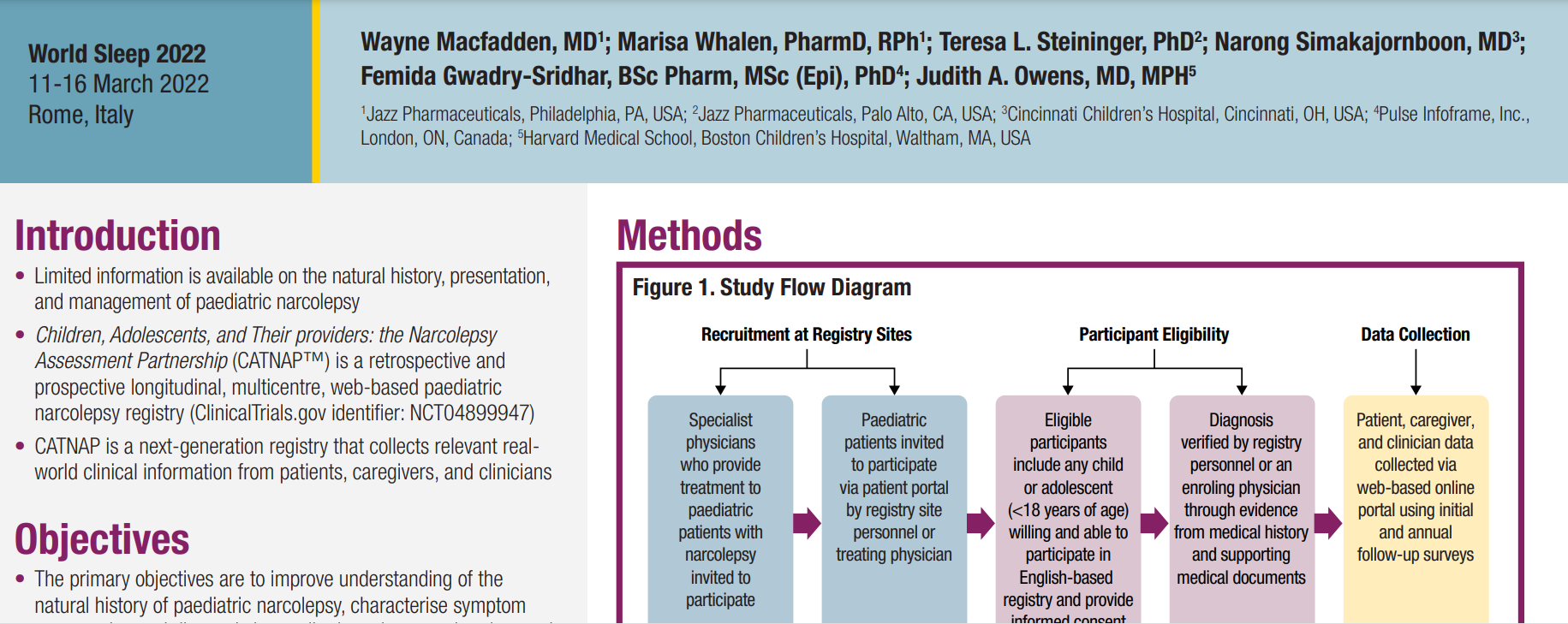CATNAP® PEDIATRIC NARCOLEPSY
According to the American Sleep Association® , narcolepsy affects approximately 1 in 2,000 individuals
What is Narcolepsy?
Narcolepsy is a chronic neurologic condition, which means that it involves nerve cells and chemicals in the brain. With narcolepsy, the brain is not able to control sleep-wake cycles normally.
People who have narcolepsy feel very sleepy during the day and can also fall asleep during normal activities, no matter how hard they try to stay awake. This can make it hard to do everyday tasks.
What are the Characteristics of Narcolepsy?
Excessive sleepiness
Hallucinations
Sleep paralysis
Partial or total loss of muscle control
Narcolepsy in Children and Adolescents
Diagnosing pediatric narcolepsy can be a real challenge. The start of symptoms generally occurs between the ages of 10 and 25 years. However, narcolepsy symptoms are more likely to be missed if they start before age 18, and these children often do not get a narcolepsy diagnosis until adulthood. Therefore, it’s important to promote better awareness among parents, school professionals, children and adolescents, the general public, and even pediatric healthcare providers.
Factors that can make pediatric narcolepsy difficult to diagnose include:
- Different duration of sleep in children
- Children’s difficulty verbalizing their symptoms
- Different appearance of cataplexy, a common symptom, in children
- Misinterpretation of the major symptoms by adults
- Misdiagnosis as other conditions, for example:
- Excessive tiredness often leads to the diagnosis of chronic fatigue
- Hallucinations are often mistaken for a sign of psychosis or epilepsy

A Lack of Real-World Data in Pediatric Narcolepsy to Advance Quality of Life and Medical Treatment
Being a child with narcolepsy can severely impact many areas of a child’s life: play, school, extra-curricular activities, social circles, self-esteem…the list goes on. But medicine currently lacks the data needed to properly quantify, qualify, and track these everyday-life effects of the disorder throughout a child’s life.
Registries in narcolepsy exist, but they:
- Do not focus on the pediatric population
- Do not incorporate data input directly from the patients and caregivers
For a more comprehensive view of the patients and their caregivers, collecting information directly from them is much more effective. This can include the collection of observational data (e.g., quality of life), health resource utility data, and other relevant data on the activities of daily living. Such a set-up would also provide the opportunity to collect natural history data – which are currently difficult to ascertain, given the time to diagnosis for many of these patients.
About CATNAP® Registry
Children, Adolescents and their providers: The Narcolepsy Assessment Partnership (CATNAP)® will provide tools to fulfil all these unmet needs. The registry platform will have a patient portal and clinician/researcher portal to capture the relevant data and will provide collaborative and easy-to-use data analysis and visualization tools. Thus, the data collected through this initiative will add valuable scientific information and insight to the field of pediatric narcolepsy.
By participating, your data will be used to improve the knowledge and treatment of pediatric narcolepsy, which may benefit you in the future. The goal is to use the registry data to inform guidelines and care.
The data collected through this initiative will add valuable scientific information and insight to the field of pediatric narcolepsy. Doctors and researchers will use the patient data to learn more about pediatric narcolepsy and study ways to improve treatment quality of life for pediatric patients with narcolepsy.
Anyone who is 18 years or younger with a diagnosis of narcolepsy living in the United States.
What Insights Has the Registry Provided So Far?
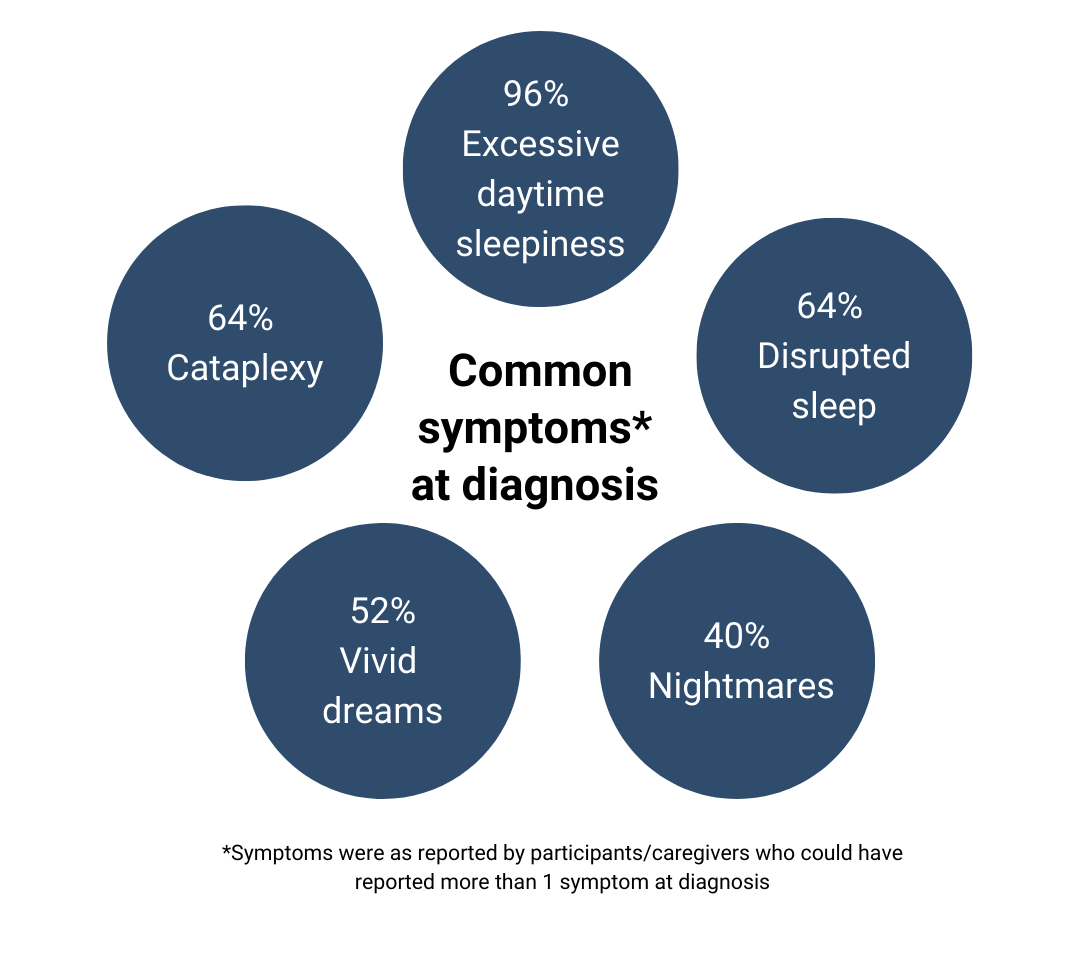
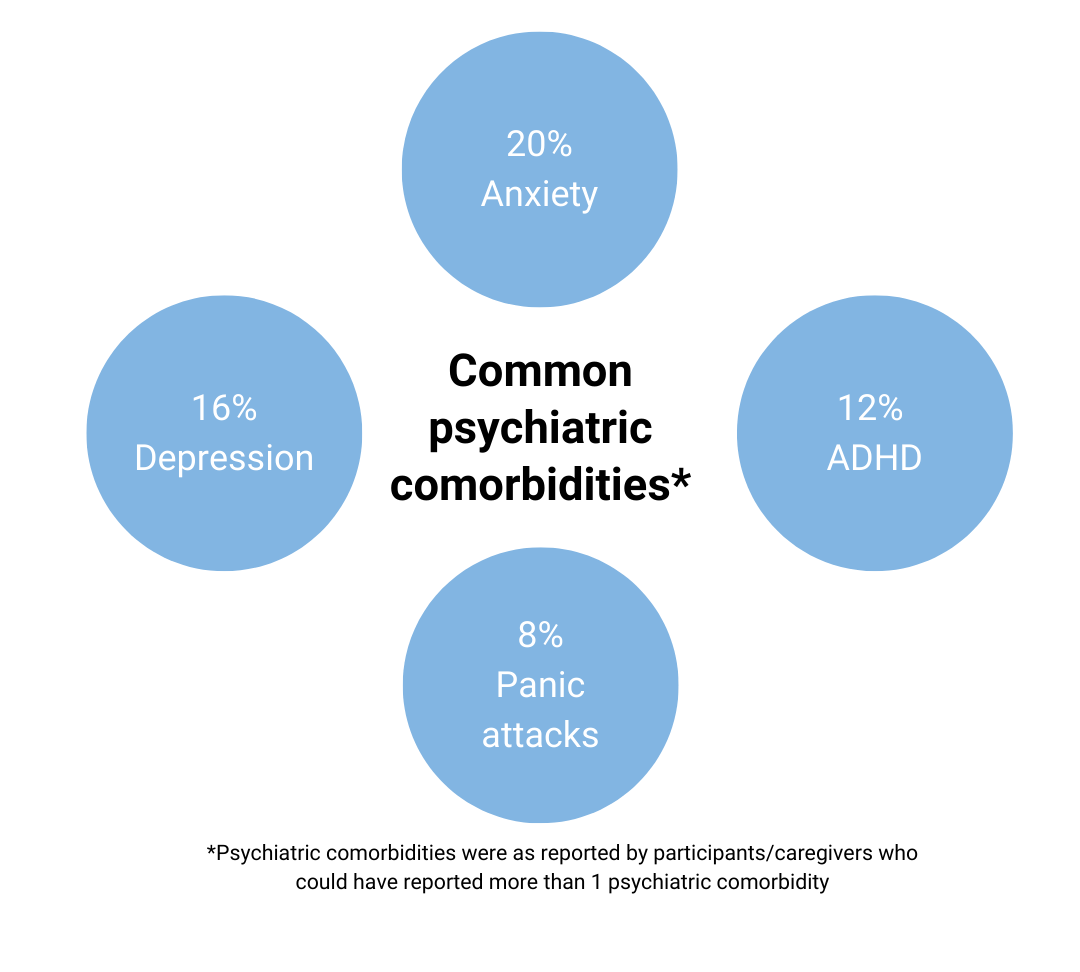
Insights Discovered From Pediatric Narcolepsy Studies:
CATNAP® in the Press
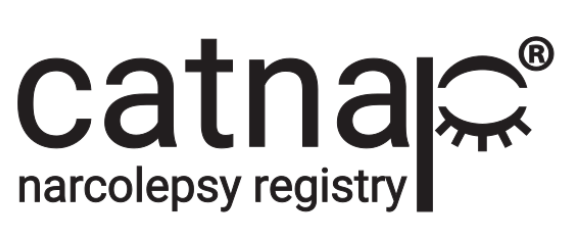
Parents of Children with Narcolepsy Invited to Participate in Registry
